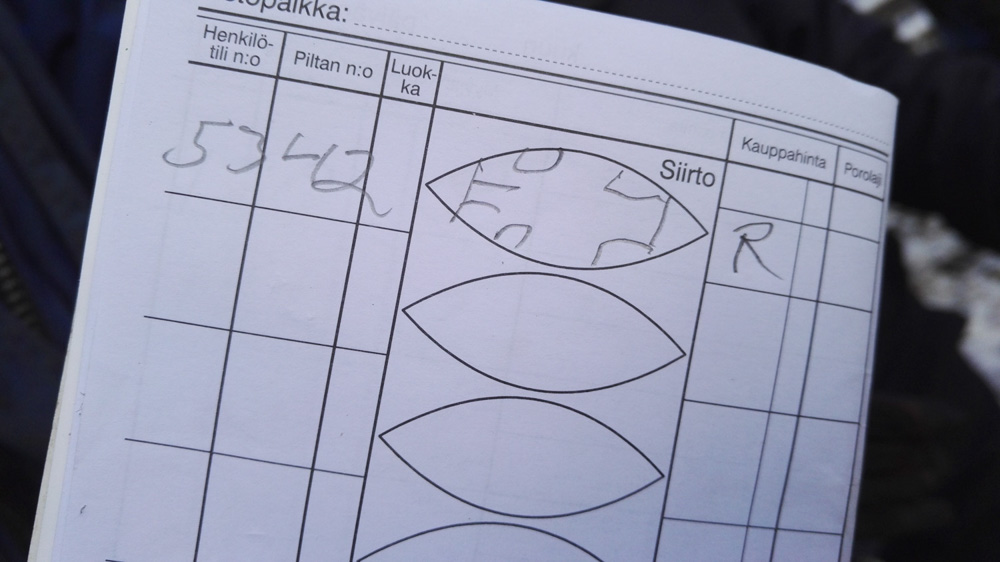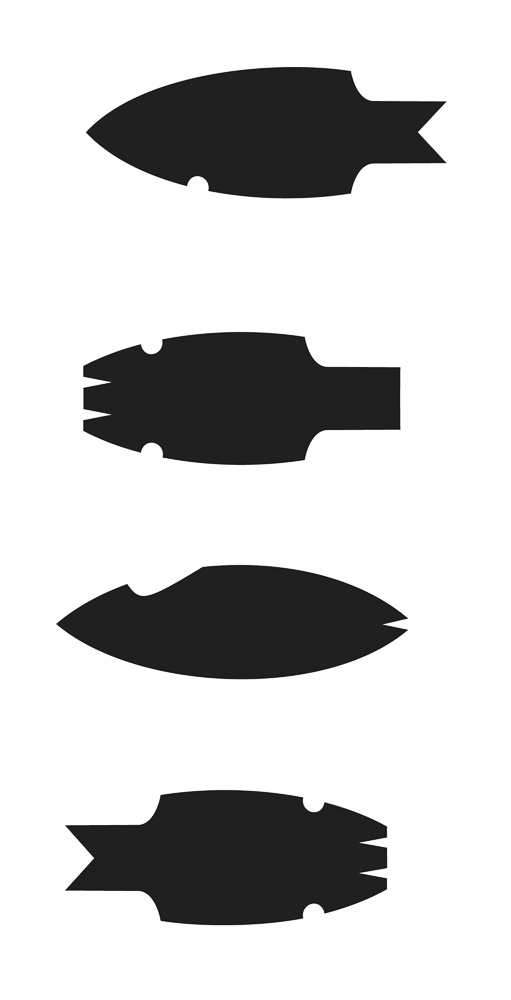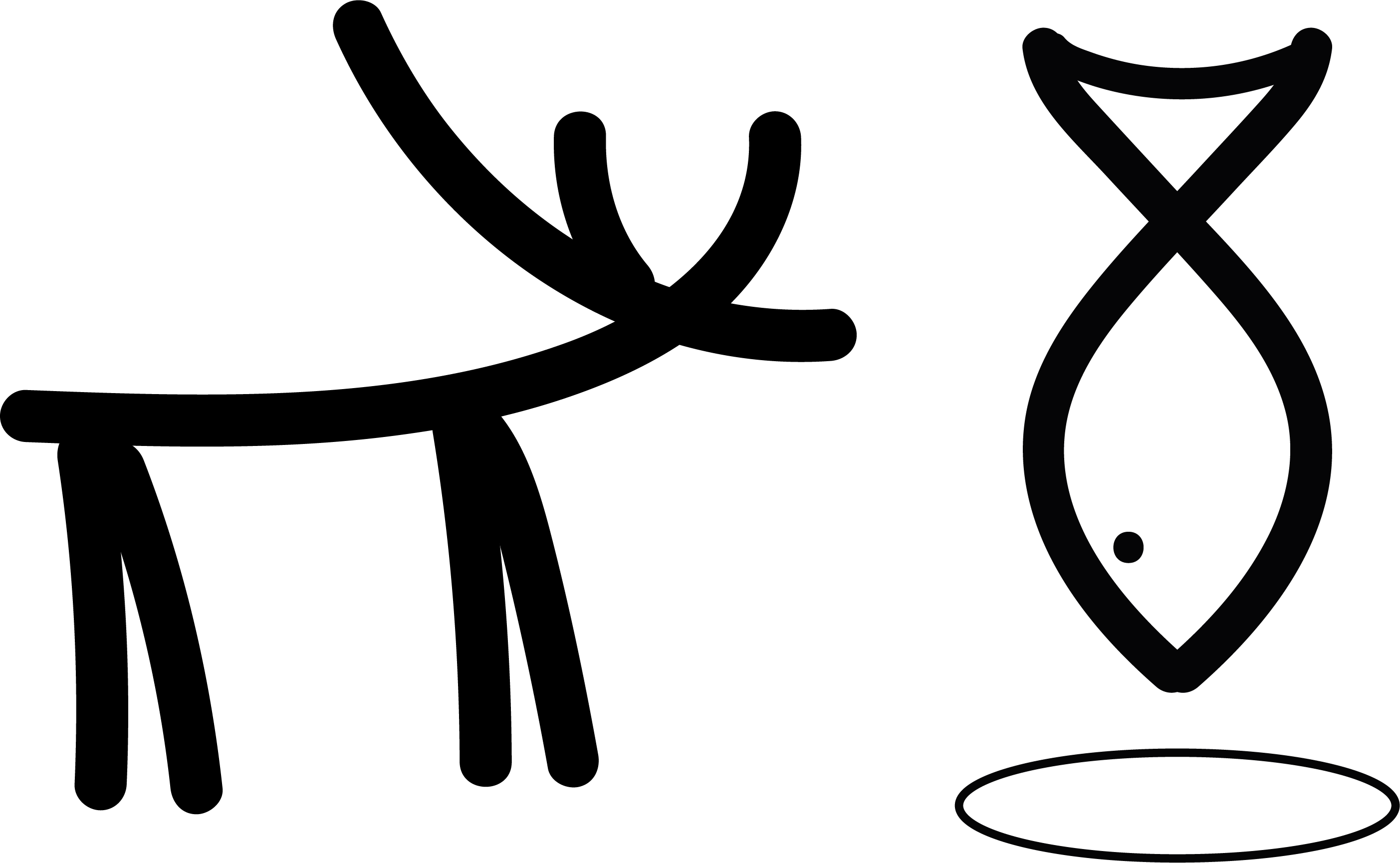Ear marks
All the reindeer you see in Finnish Lapland have an owner; although they spend large parts of the year on their own in the wild, during the winter months they are fed and aided by humans, so they are called semi-wild. A water and frost-proof ear marking identification system has been developed to ensure that this great effort to look after them benefits the family who does the looking after! The only things you need to mark the ears is good eyesight and a sharp knife.
When the reindeer is young and still with its mother, the calves are caught and intricate cuts are made into their ears. Each of the cuts has a name and identity that corresponds to a particular owner. If unsure what cuts you can see, you need to catch the reindeer with a lasso or by jumping at him from the snowmobile so that you can try to feel his ears. If you are still unsure about the owner, you can go online, draw the cuts you think the reindeer has in each ear and wait for what the system has to say. Being a good reindeer herder means that you should be able to remember quite a lot of these cut patterns and who that mark belongs to or who it was sold to. Once the reindeer are herded up, they are identified and each owner will look after his or her reindeer through the winter. It’s a form of local currency, reindeer style!
Reindeer have survived in these harsh conditions because of their ability to eat lichen. No other animal of this size feeds on this but reindeer love it. In winter time this is the only source of food in the wild and they dig from under the snow in search of reindeer lichen, which they can smell under several metres of snow. Another type of lichen, old man’s beard, found growing on tree branches is also eaten—once the wind or heavy snow causes it to fall off the tree and onto the ground where the reindeer eats them all up.
Once herded and put in an enclosure, they like to be fed hay consisting of multiple wild grass species. An old field that produces hay to reindeer liking is not far from here and even today the best hay is made with great part of manual work, during which it is made into bales small enough to be carried by hand.
Traditionally birch or willow branches with leaves were dried up in summer and stored for the weakest reindeer in winter. Water-hay may also be cut from a boat to provide additional nutrition in winter. Nowadays, one can buy pellets in a hardware store to suit different reindeer types—newcomers, after some starvation, need to get a special kind that prevents them from eating too much on their recovery while racing reindeer have the strongest type etc.


